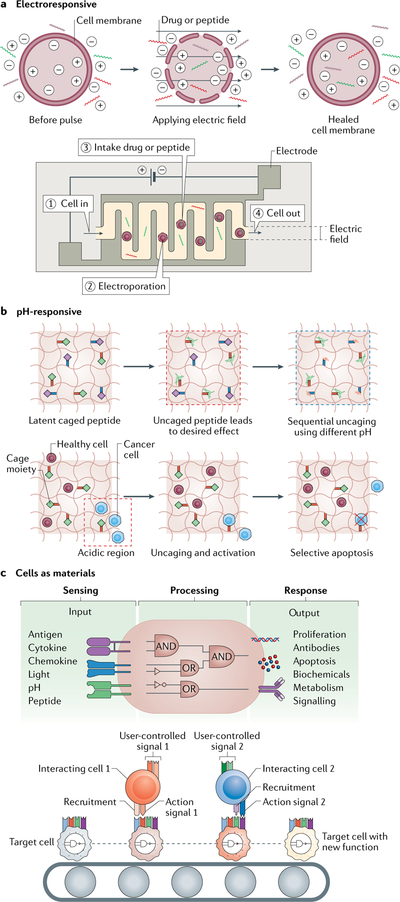Fig. 7 |. Electroresponsive, pH-responsive and cellular 4D materials.
a | Electroresponsive porous materials provide a conductive platform to facilitate electroporation of cells at specified time points for the intake of biomolecules. The conductive matrix can also include a channel for cell input and be attached to an electrode to sense changes in conduction. Upon changes in conduction, drugs or genetic material can be released into electroporated cells, leading to cellular transformation, b | pH-responsive materials can include latent caged peptides, which can be sequentially activated by subtle changes in pH provided by the user or the environment to induce a specific biological effect. pH-responsive materials can further be applied to activate antitumour moieties for cancer cell apoptosis. c | Cells can be genetically engineered by introducing circuits that can sense particular inputs and result in corresponding outputs. To mimic the sequential processes of immune cell formation, activation and response, a target immune cell can be engineered to respond to a number of activating signals and recruitment signals from interacting cells. The interacting cells then respond to the environment or user-based cues. The target cell is modified at each step, leading to new functionalities.

